









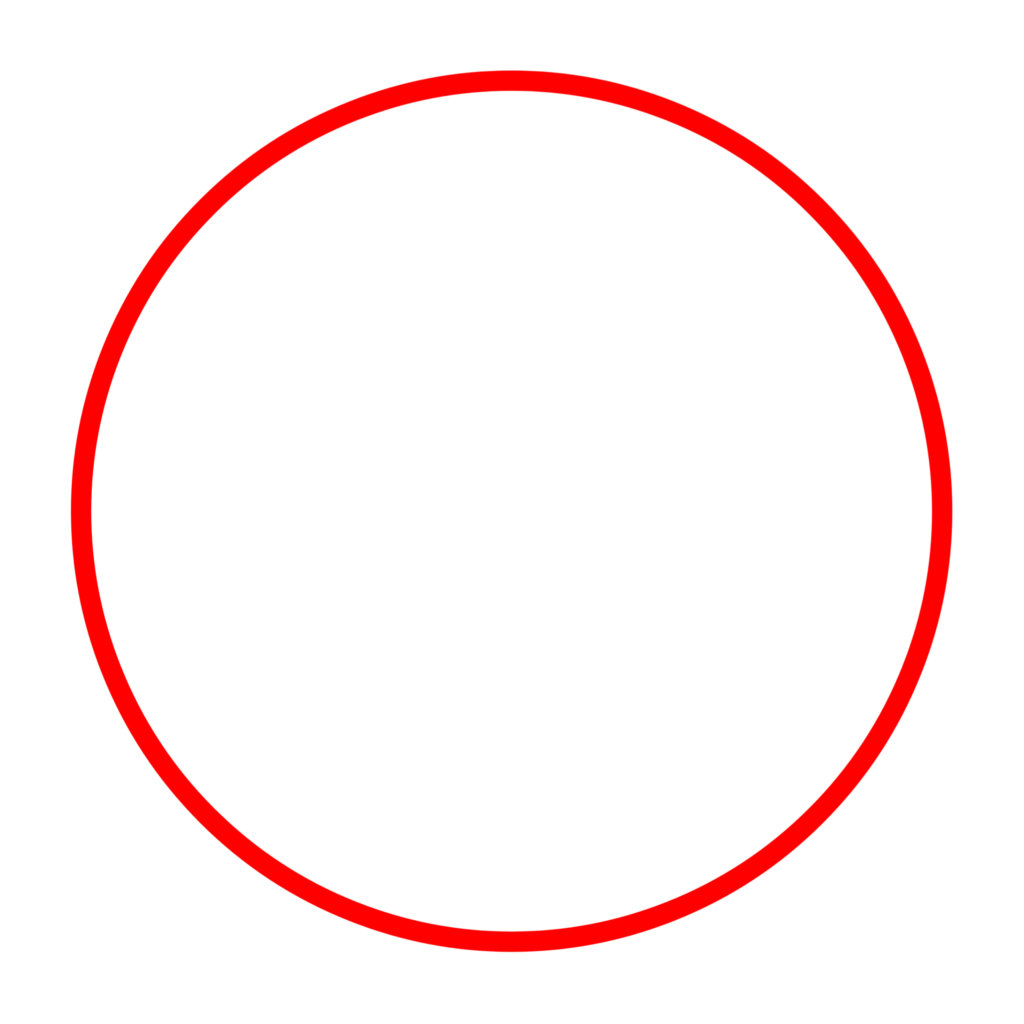











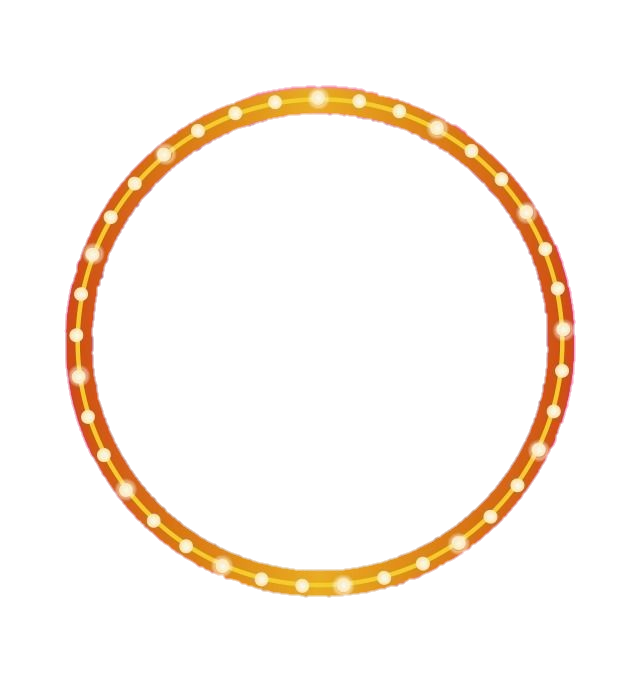
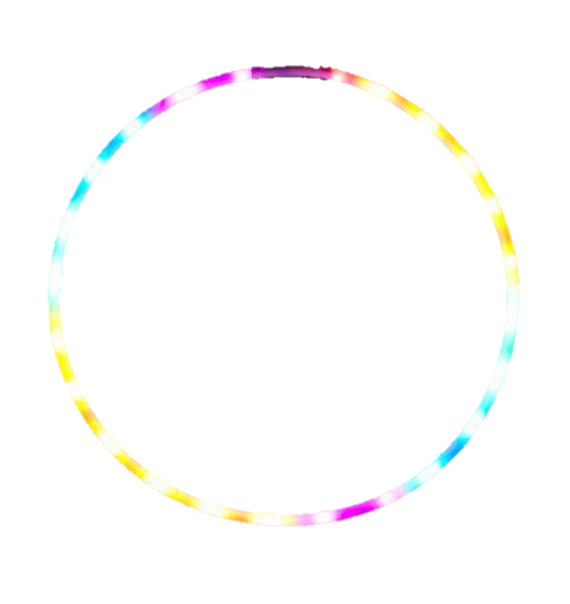

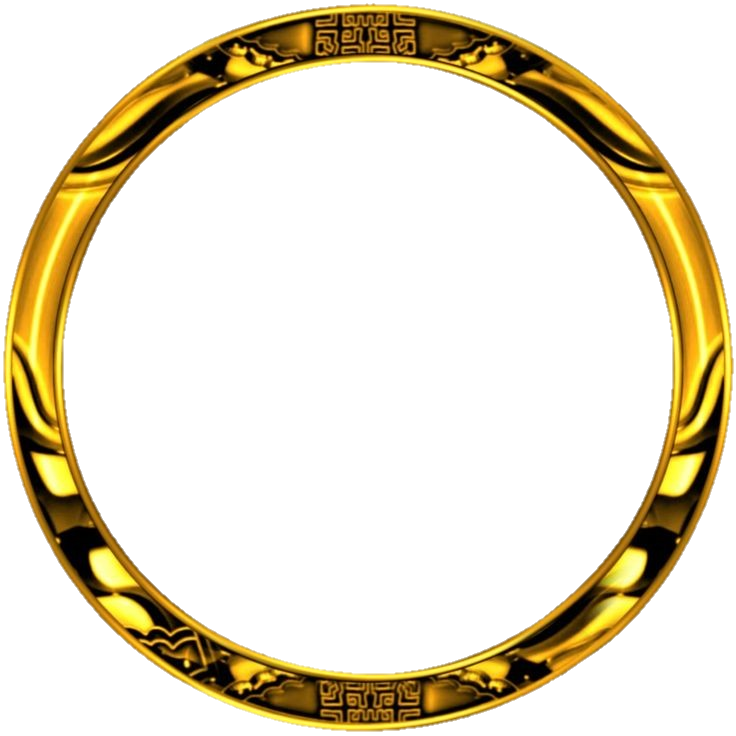





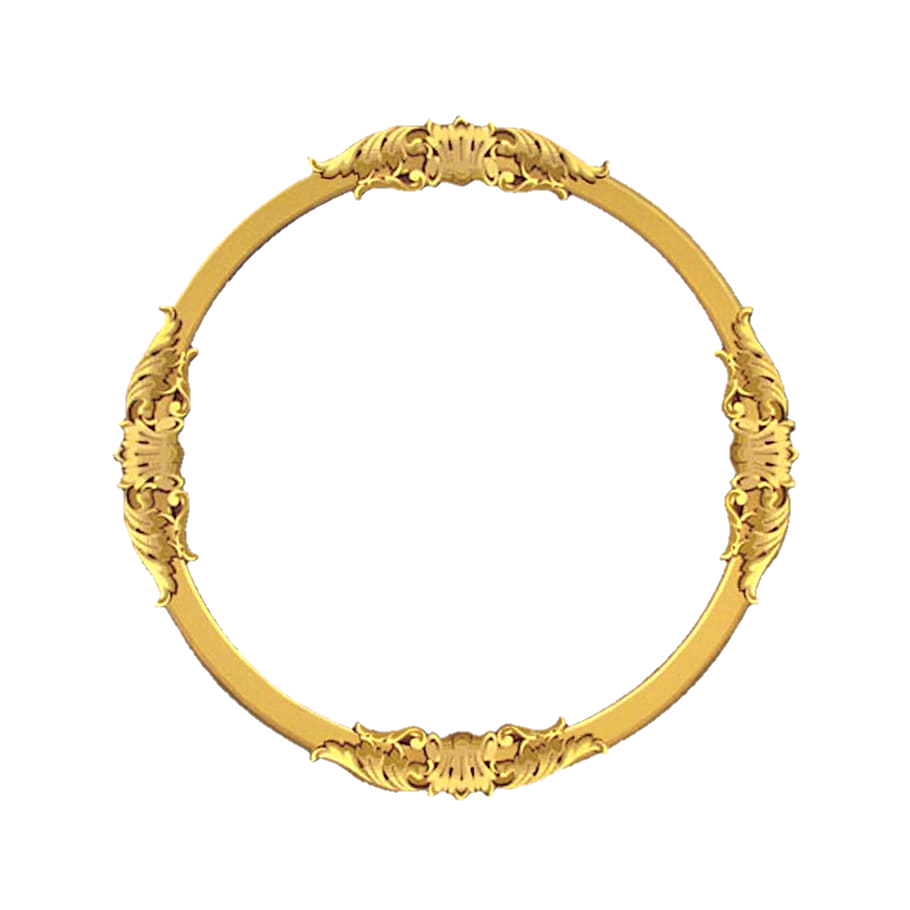


A circle is a fundamental geometric shape with immense symbolism, mathematical elegance, and cultural significance. It has captured human imagination throughout history and across cultures as a shape without corners or edges. From its mathematical properties to its representation in various fields, the circle is a profound symbol of unity, perfection, and continuity.
In mathematics, the circle stands as a cornerstone of geometry. Defined as a set of points equidistant from a central point called the center, a circle has several key properties that have intrigued mathematicians for centuries:
Constant Diameter: The diameter of a circle, which is the distance across its center, remains constant throughout the circle. This property has implications in optics and engineering, where circular shapes are often utilized for uniformity.
Pi (π): One of the most famous mathematical constants, pi (π), is the ratio of a circle’s circumference to its diameter. This irrational number has fascinated mathematicians and scientists for centuries due to its non-repeating decimal expansion.
Symmetry: A circle possesses infinite axes of symmetry, making it an essential shape for creating balanced and harmonious designs in art, architecture, and other creative fields.
Geometric Formulas: Circles have a range of formulas associated with their properties, including area (πr²), circumference (2πr), and relationships with angles and chords. These formulas find practical applications in geometry, physics, and engineering.
The circle’s symbolism transcends its mathematical attributes and is deeply ingrained in human culture and perception. Here are some ways in which the circle holds meaning:
Unity and Wholeness: The circle’s closed and continuous form is often associated with unity, completeness, and wholeness. It lacks a beginning or an end, reflecting eternal continuity and balanced concepts.
Perfection: The symmetry and regularity of a circle contribute to its association with perfection. Ancient philosophers and artists often used the circle to represent divine harmony and ideal forms.
Eternity: The circle’s lack of distinct endpoints has led to its association with eternity and the cyclical nature of life, death, and rebirth in various cultures and religions.
Inclusivity and Equality: The circle’s lack of hierarchy or corners represents inclusivity and equality, symbolizing unity and harmony among diverse groups.
Protection and Boundaries: In various cultures, circles have been used as protective symbols, representing a boundary that keeps negative energies or influences at bay.
Rituals and Ceremonies: Circles have been used in rituals, ceremonies, and gatherings to create a sense of unity and equality among participants. Sitting in a circle promotes open communication and equal participation.
The circle’s symbolism can be seen in various cultural expressions:
Art and Design: The circle is a foundational element in visual arts, architecture, and design, shaping everything from mandalas and stained glass windows to architectural domes and roundabouts.
Spiritual and Religious Symbols: Many spiritual and religious symbols, such as the Yin-Yang, the Celtic knot, and the Native American medicine wheel, incorporate circles to represent balance, duality, and interconnectedness.
Ceremonial Spaces: Ancient stone circles like Stonehenge and cultural practices like Native American powwows emphasize the circle as a gathering space for rituals and ceremonies.
Cyclic Festivals: Cultural celebrations often revolve around cyclical events like solstices and equinoxes, reflecting the circle’s association with cyclical patterns.
In conclusion, the circle transcends its mathematical definition to become a symbol of deep cultural significance. From its mathematical elegance and geometrical perfection to its representation of unity, eternity, and protection, the circle shapes human perceptions, beliefs, and artistic expressions. It serves as a reminder of the interconnectedness of all things and the universal concepts that span time and culture.
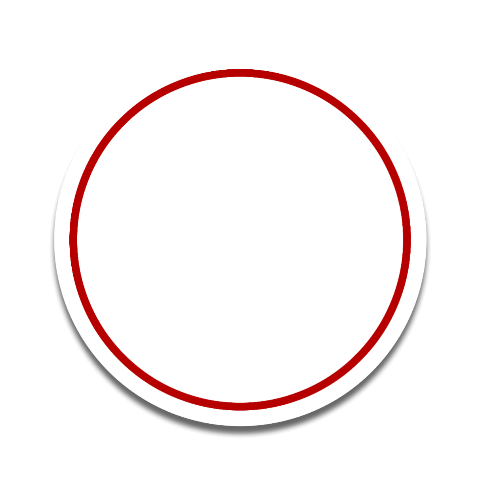


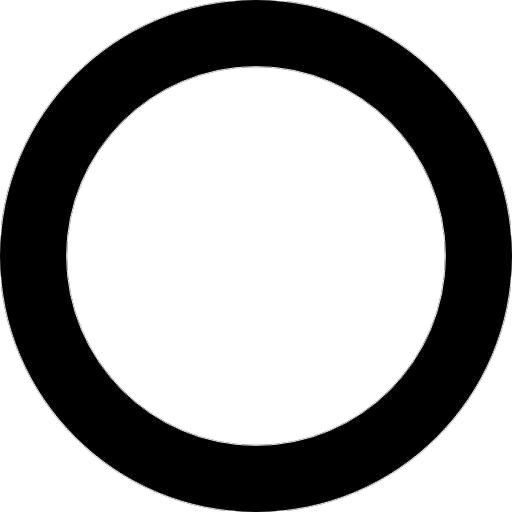



Leave a Comment